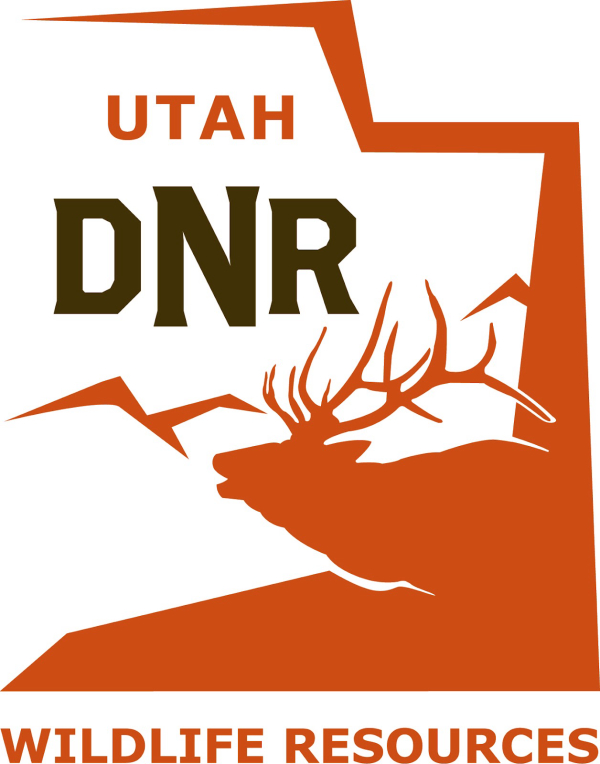When, Where And How To Employ A Ground Blind

Plano, IL – Today’s hub-style ground blinds are more portable, easier to set up, and contain more hunter-friendly features than ever before. These modern, high-tech hides are invaluable tools for any hunter, but can be especially helpful to the spring turkey hunter who knows when, where and how to use them.When
The opening days of spring turkey-hunting season provide prime opportunities for taking a gobbler. Turkeys that haven’t been hunted in months can up the odds for success during this period, but unpredictable early season weather can present difficult hunting conditions. A ground blind provides welcome protection from wind, rain and even snow during days when Mother Nature shows her worst.
There’s a lot less cover in many areas during the early spring season, too, making concealment challenging. Couple this with the fact that turkeys are often less vocal at this time, and a ground blind becomes a key tool – one that provides critical concealment in the absence of natural cover and allows hunters to more easily reposition for a shot when that old, silent tom suddenly appears where he isn’t expected.
It’s easy to add natural vegetation to the exterior of Ameristep’s new Shifter Blind with its sewn-in brush loops and included shock cord system. Photo courtesy of www.ameristep.com.
Overall, the early season may be the best time to use a ground blind for turkey hunting success, but they can come in handy throughout the entire season, especially when hunting with a buddy, videographer or kids. Blinds provide ample room for extra people and gear, and excel at hiding nervous or excited movements.
Where
Turkey hunters new to ground blinds often have questions about how noticeable these structures are to the birds themselves. Most experienced blind hunters agree: As long as the blind doesn’t shine in the sun or flap in the breeze, a ground blind isn’t going to alarm a turkey one bit – regardless of where it is set up.
A portable, hub-style ground blind can be set-up in seconds almost anywhere, regardless of cover or terrain, placing the hunter in spots he or she wouldn’t otherwise be able to hunt. For example: Turkeys often feed on waste grain during the early season in agricultural areas, and plenty of gobblers are killed each year from ground blinds placed in the middle of wide-open fields. Of course, more traditional locations like food plot edges, fly down areas and established strutting zones are also prime locations for ground blind placement, so let good scouting dictate your setup for any given hunt.
How
A lightweight, hub-style ground blind is simple and easy to deploy, but steps can be taken to maximize its effectiveness as a turkey-killing tool.
Try to place your blind with its back wall facing the direction from which turkeys are least likely to approach. If possible, consider placing the back wall against trees, brush or another feature turkeys would naturally have to navigate around. Such a backdrop will also break up your blind’s outline when viewed from the front or sides. Completely close the back windows or curtains if your blind is so equipped in order to avoid being silhouetted by light entering from the rear. Finally, consider forgoing standard hunting camo in favor of black clothing, facemasks, hats and gloves to help you disappear into the shadows of your blind’s darkened interior.
A portable blind like Ameristep’s new Crush Silencer excels at keeping hunters comfortable during unpredictable early season weather, while providing critical concealment in the absence of natural cover. Photo courtesy of www.ameristep.com.
Take a few seconds to clear the area immediately beneath your blind of leaves, sticks or any other debris that might make noise once you are inside. Go ahead and add some natural vegetation to the blind’s exterior to break up its outline. Some models like Ameristep’s new Element and Crush Silencer Blinds have sewn-in brush loops for this purpose. What’s more, their proprietary NS3 (no scent, no shine, no sound) and Durashell Plus fabrics are exceptionally dull, non-reflective and won’t shine in the sun. If yours does, consider taking some time to rub it down with a bit of mud or dirt.
Ensure that you’ve packed in comfortable chairs for yourself and any hunting companions. Ameristep’s new Compaclite Tellus Chairs are a great choice; rated for 300 pounds, packing down to 15″x4″x4″ and weighing in at only 5 pounds.
With respect to decoys, orient them so they’re facing your blind. If a tom spots your decoys from a distance, his stubborn and narcissistic ego will want your decoys to come to him. Don’t give him a reason to hang up out of range. If he believes your decoys can’t see him, he’ll close the distance to make sure his magnificent presence is known.
Ground blinds aren’t just for bow hunters, hunting in bad weather or taking kids afield. Today’s high-tech, hub-style blinds are powerful and versatile pieces of gear that can help all manner of hunters find increased success… including those who take to the spring turkey woods.
AMERISTEP®
A leading brand of tree stands, ground blinds and accessories, Ameristep has been helping hunters find more success by equipping them with an element of surprise. By creating products that cleverly conceal positions from up above and on the ground, hunters are able to get closer to the action and enjoy more thrilling experiences. Known for its innovative and highly-mobile designs, Ameristep products give hunters the flexibility to choose the right location for their hunt with simplified assemblies to help them quickly set up and capitalize on the moment. With dozens of patented features and exclusive relationships with leading industry supply partners, Ameristep extends confidence to hunters and enables them to make hunts happen. Learn more at www.ameristep.com.






